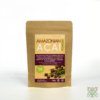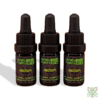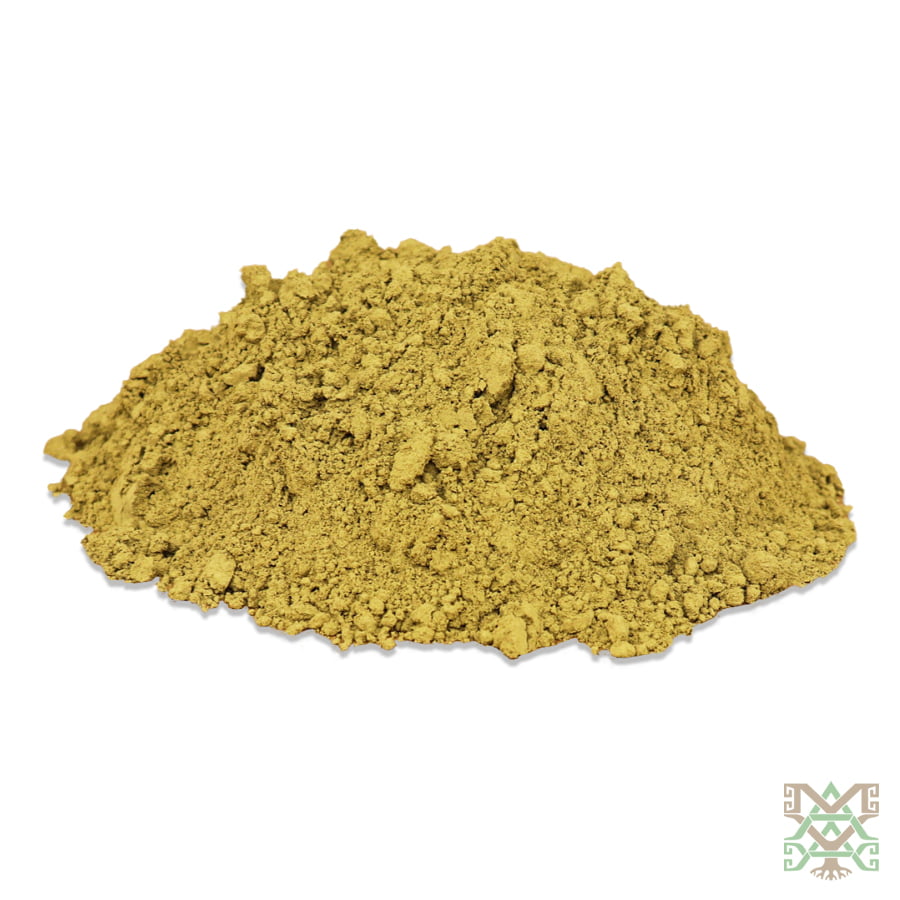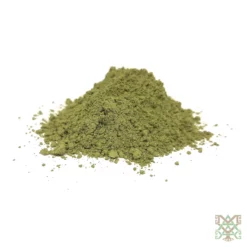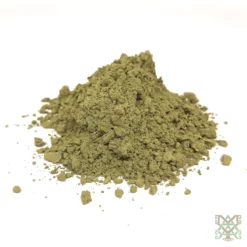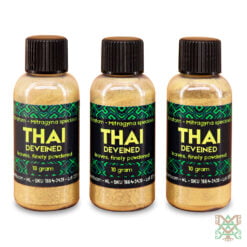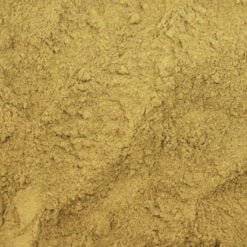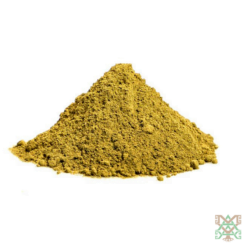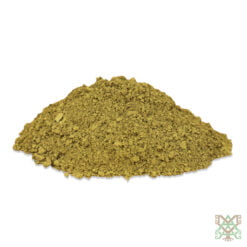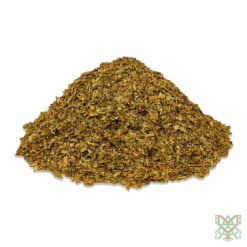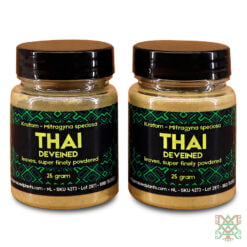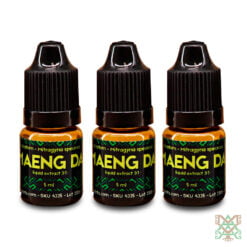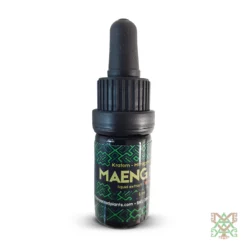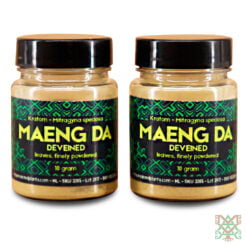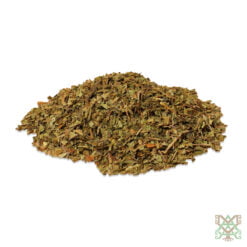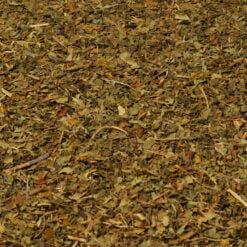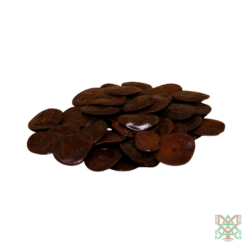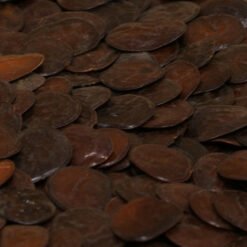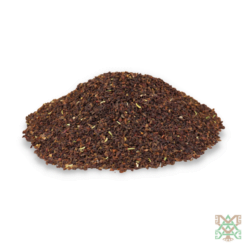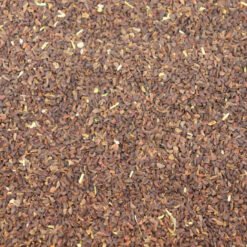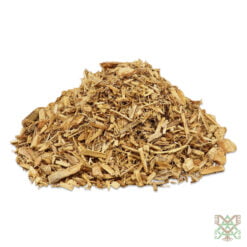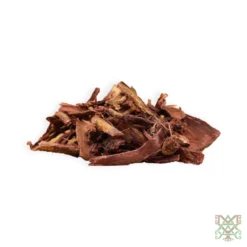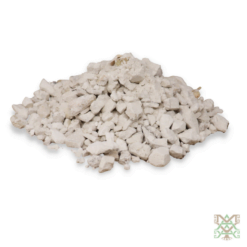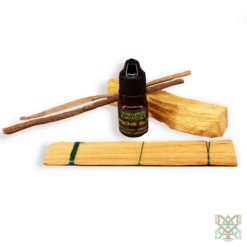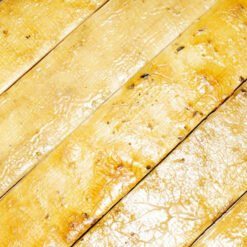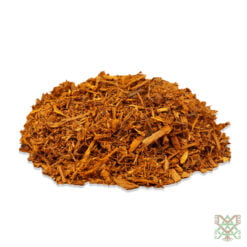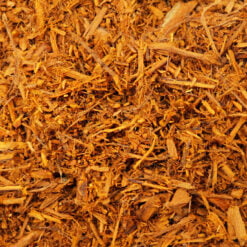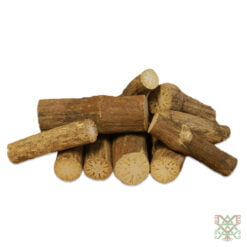KRATOM (Mitragyna Speciosa) – Selection
Maya Ethnobotanicals provides the widest variety of Kratom with the highest quality, from our famous, best selling Maeng Da to the horny-by-nature red horned Borneo. Grown sustainably, harvested wild, handled & shipped with care!
Beschreibung
KRATOM – Mitragyna speciosa
Biak / Ithang / Ketum / Krathum / Maeng Da / Mambog / Thom / Kratom
Known under many names until the 19th century, the plant initially received its scientific description and binomial classification from renowned Dutch botanist Pieter Wilhelm Korthals, the first European scientist to discover it, in 1839. He named it Stephegyne speciosa.
Read More Apart from baptising and categorising the plant according to Western taxonomic practice, Korthals also noted and reported some of its traditional medicinal application and accompanying psychoactive effects, as exhibited (fervently) by numerous Southeast Asian people. Yet only after repeated reconsideration and reclassification, Kratom finally received its official and final classification, Mitragyna speciosa, from British botanist and surgeon, George Darby Haviland, in 1859. Since then, therapeutic use and recreational consumption of Kratom has become registered across the whole span of Southeast Asia, from Myanmar to Papua New Guinea. For centuries, indigenous laborers have customarily consumed the potent green leaves of this tree to maintain their endurance, enhance productivity and ease the workload. By means of old trade routes, Kratom slowly made its way into Europe. Due to increasing appeal and public attention, both as a herbal medicine and as a recreational psychoactive, it gained popularity among a broader part of Western civilization, quite recently. Mitragyna speciosa may have a much older ethnobotanic history, perhaps even dating back thousands of years, but we can only trace truly verifiable signs of its usage & consumption back to the 17th century. The further back we delve, the more unreliable the reports & records become, mainly due to causes of a repressive nature. Local authorities, adhering to the well known, age-old, political adage “Just Say No”, made it illegal. They preferred to see people use and, more easily so, become addicted to opium, in order to receive ample amounts of tax money. However, during the past decade, the Thai government started taking steps to lift the ban on Kratom and legalize its consumption. Historically, Kratom consumers describe stimulative & euphoric effects, not unlike Coca and Qat, and also tranquilizing & analgesic effects, similar to Opium. As much as this may seem paradoxical, many reports make it clear that a distinct shift in effect takes place, from the stimulating to the sedating, when consuming an increasing amount of whole, ground or powdered leaves, tea or extract of the leaves. The distinct diversity of effects also depends on the typical strain of choice. Maya Ethnobotanicals provides the widest variety of Kratom with the highest quality, from our famous, best selling Maeng Da to the horny-by-nature red horned Borneo – grown sustainably, wild harvested, handled & shipped with care.
Products
Sacred Plants
Sacred Plants -Thai Kratom – Finely Powdered Kratom (Mitragyna speciosa) Leaves from Indonesia, 10g
Disclaimer
Related products
Herbs (Plants)
Herbs (Plants)
Scientific Name
Herbs (Plants)
Herbs (Plants)
Kambo (Phyllomedusa bicolor) – Kambo from Peru with Burning Stick, Dragon Blood and Palo Santo
Herbs (Plants)

